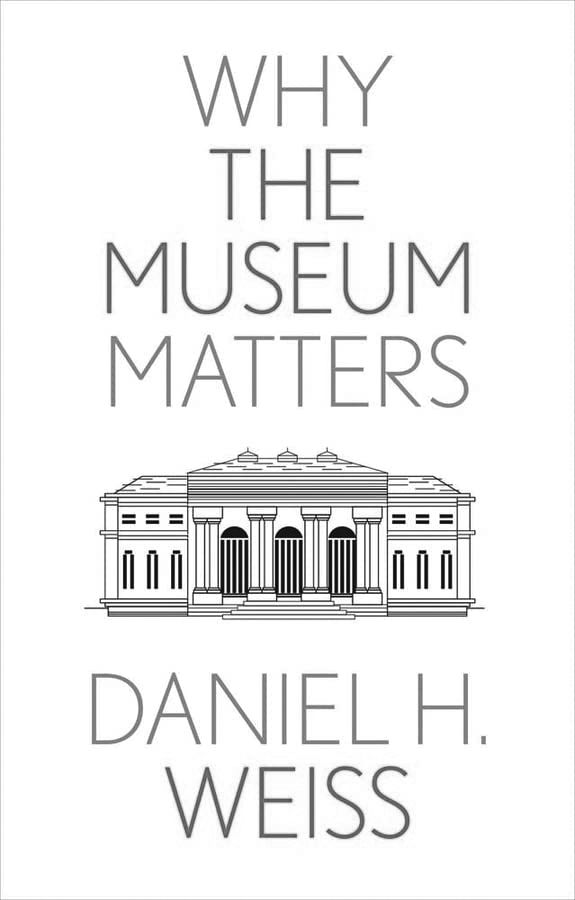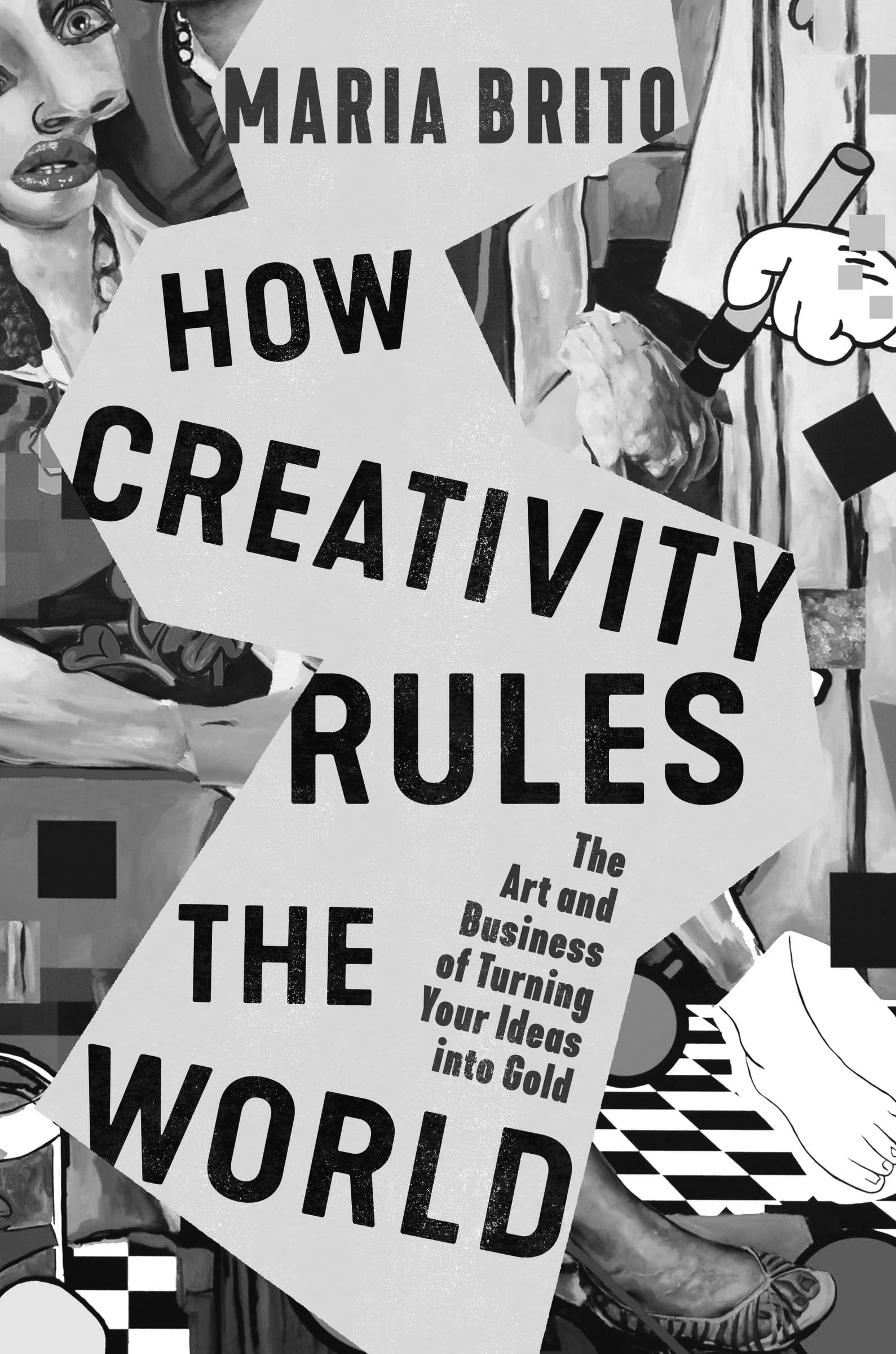New Books You’ll Want to Read (March 2022)
by Ellen Rosewall
I am a book reviewer for NetGalley, an organization which works with publishers to provide pre-publication copies to reviewers. I often have the opportunity to review books related to arts and culture, and there are several that have come across my screen recently that I think will be interesting to readers of fsm. In this issue, I’ll share three titles that have to do with various aspects of the culture business, creativity and community.
Why the Museum Matters, by Daniel Weiss. Yale University Press, published in August 2022
Why the Museum Matters is the latest in the 17-volume “Why X Matters” series from Yale University Press. The series aims to justify the existence in today’s public sphere of disciplines and topics ranging from writing and architecture to the Constitution, the New Deal and baseball. Daniel Weiss is the President and CEO of the Metropolitan Museum of Art in New York City and brings considerable gravitas to this discussion in an era when museums are facing a number of challenges including financial, structural, political, and of course the aftermath of the COVID pandemic.
Weiss starts with a selective history of the art museum, emphasizing key museums throughout history and how they reflected the culture in which they grew. The modern American art museum, as a center for education, community building and culture, is a very different animal than Nebuchadnezzar’s collection, which featured looted sculptures from conquered countries, or the early Greek museums in the 1st century BCE which aimed to create a shared history and identity by putting their own artistic achievements on literal pedestals. Contemporary museums relate more to the museums of the social equality and educational aims of the Enlightenment (even as controversies over looted items like the Elgin Marbles in the British Museum exist).
Weiss identifies four central purposes for today’s art museums: as places where people can learn, experience, grow, and simply see beautiful things; as forums for ideas and dialogue, including about issues that are politically, culturally and historically challenging; as community resources; and as a vehicle for creating shared identity and culture. Museums are challenged on many fronts today, many of the challenges relating to an anti-intellectual and small government climate. Weiss proposes that the only way out is through - instead of pulling back on controversy, museums should go deeper by engaging meaningfully with their community and its members, creating shared governance with a variety of stakeholders, and to work to meet the needs of the present day while also embracing a preservationist view.
There is a lot of food for thought in this book, and I hope it is used in Museum Studies classes as well as in the board rooms of museums of all sizes. I think the book might be particularly useful in communities which don’t have easy access to legacy museums and are struggling to make their local museums relevant in the face of decreased funding and politicians who don’t understand that attendance is not the only measure of a museum’s success.



Creativity, Inc. (the Expanded Edition)
by Ed Catmull and Amy Wallace.
Random House; publication date June 17, 2023
Creativity, Inc., originally published in 2014, has since been a perennial bestseller and has been called one of the best business books ever written. Ed Catmull is the co-founder of Pixar, and was on the front lines during the time that produced Toy Story, Finding Nemo, Up, WALL-E and others that are now animation classics. In this new, expanded edition Ed Catmull decided not to update the original text, but to include update sections at several points throughout the book. By doing so, he practices what he preaches in the book: working with the input of people he trusts (including co-author Amy Wallace) he innovates and gives us the story we want to hear instead of messing with the original.
The intersection between innovation and profit has always been difficult to manage. How can you encourage a creative atmosphere without resorting to the easy trap of lowering quality to try and appeal to a larger audience or save money? How can employees be empowered to be creative? And how can you continually work to innovate the management systems in a way that supports creative work? Catmull shows us how by telling Pixar’s story in an entertaining but completely candid way. We learn about what worked and what didn’t work, and Catmull shares some principles that have worked at Pixar without giving us an ego-filled sermon on management. Since an increasing percentage of businesses in the United States are part of the creative sector (which, broadly defined, can include the sciences, history, and education as well as well as the performing, visual and literary arts), the principles here can work for many - if not most - businesses.
There are so many memorable moments in this book that I hesitate to pick just one, but for me Catmull’s entire philosophy can be summed up by a metaphor late in the book. We’ve all heard the maxim that problems are like onions: you have to keep peeling the layers. Well, says Catmull, if you do that, all you’ll have is a smaller onion. And you’ll cry. What if, when you peeled the onion you discovered a banana? And when you peel the banana you have an orange? Being open to unforeseen consequences is one of the best ways to nurture creativity.
If there’s one thing I regret about this expanded version, it’s that Catmull retired in 2019 and therefore did not have the opportunity to shepherd Pixar through the pandemic. What happened behind the scenes when Notes Day and Braintrust meetings had to happen on Zoom? I hope we find out someday.
How Creativity Rules the World: the Art and Business of Turning Your Ideas into Gold, by Maria Brito.
Harper Collins, published March 2022
When I first saw the title of this book, I was skeptical - the subtitle seemed as though it might be a shallow self-help book or something to be used for a team-building retreat. Wow, was I ever glad to be wrong. Maria Brito is a self- described art advisor, art consultant, author and curator, and has worked internationally on major curated exhibits, created a show for PBS, and has a TED talk on how artists are adapting in the world of NFTs.
This is the book that many of us who teach creative entrepreneurship and who advocate for a closer relationship between creativity and business have been waiting for. Brito starts by dispelling common myths about creativity - most related to the misunderstanding that only some people are born with creativity and it can’t be learned or cultivated. Each chapter examines some aspect of working with creativity, by using examples of well known artists from Michaelangelo to Frida Kahlo and entrepreneurs including Estée Lauder and Ray Kroc. She shares stories from her own career, which are equally fascinating (I mean, this woman SOLD A BANKSY). Each chapter ends with a set of questions, prompts and exercises allowing the reader to apply the ideas of the chapter to their own work.
In addition to this book, which has become an international bestseller since its publication in March 2022, Brito puts out a free weekly newsletter called “The Groove” from her website mariabrito.com. I recommend it even if you don’t read the book.




